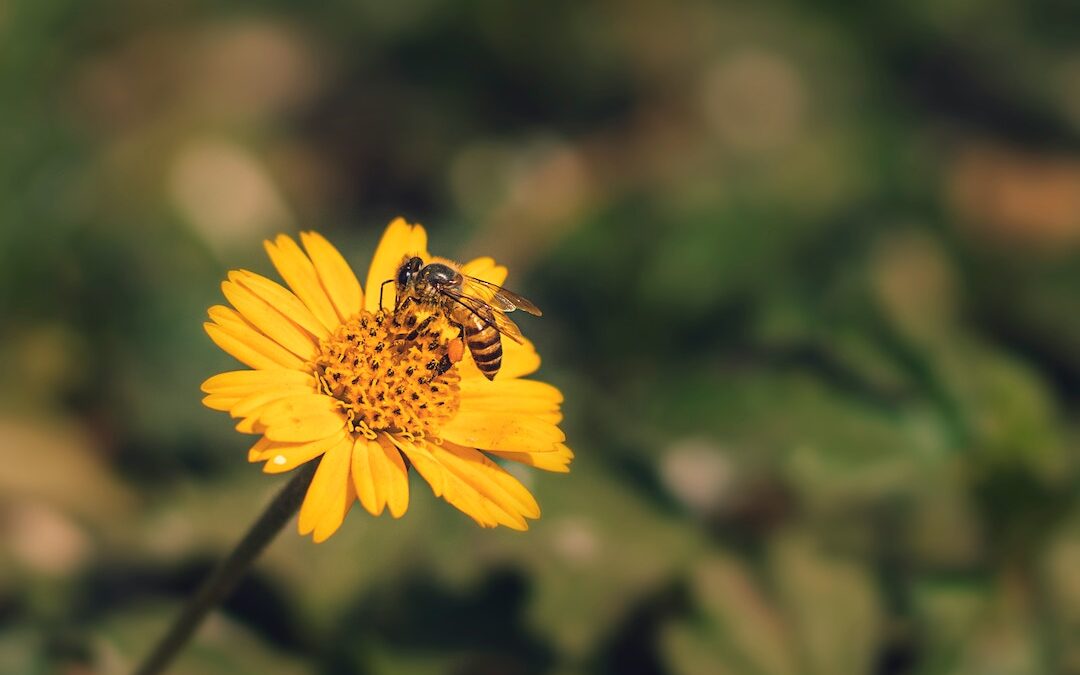A new campaign is hoping to encourage Aussie farmers to monitor the health of their bee hives
The ‘Bee Pest Blitz’ is an annual month-long campaign that started on 1 April. It emphasizes bee biosecurity and prioritizes protection against pests.
According to Dr Jenny Shanks, manager of bee biosecurity at Plant Health Australia (PHA), “the annual campaign calls on all Australian honeybee beekeepers to inspect their hives for the presence or absence of high priority exotic pests.”
“Surveillance is key to the timely detection of new pests and provides the best chance for industries and governments to respond before pests become established and widespread.”
In Australia, there are over 47, 937 registered beekeepers who own around 855, 330 hives. ‘Bee Pest Blitz’ wants to ensure every bee is safe from toxic pests, in order protect this massive industry.

Busy bees
Honeybees are an essential part of Australia’s agriculture. They produce honey and wax, as well as pollinating an array of vital crops.
Annually, the honeybee industry brings in $14 billion, with commercial beekeepers producing 37,000 tonnes of honey a year. This is consumed in Aussie households, as well as being shipped around the world.
If that wasn’t enough, around 35 percent of crops in Australia rely on bees for pollination. For example, 140 bees are required to produce a kilo of macadamias, and 5 bees are needed to grow a kilo of pumpkin. Promoting strong health in our bee populations is essential to maintaining Australian biodiversity and protecting our fauna.
So how is ‘Bee Pest Blitz’ helping?

The checking process
Following the Honeybee Industry Code of Practice, all beekeepers need to inspect their hives twice a year. This involves testing for the presence of arthropod pests including Varroa and Tropilaelaps mites. These mites feed on honeybee broods, meaning they are most commonly found on the nurse bees who monitor bee clusters. These mites weaken honeybee populations, as well as spreading many fatal diseases.
The most effective way to detect the existence of mites is alcohol washing. Typically, it will remove around 90 percent of mites found on honeybees. Alcohol washing is effective as it primarily targets the central brood cluster, where a majority of mites are found. By performing multiple washes, and taking time to prepare the solution, farmers can ensure the proper steps are taken to care for their bees, and continue this vital industry.

While checking is only essential twice a year, ‘Bee Pest Blitz’ still wants to encourage greater participation from farmers. As such, they offer free surveillance resources on their website, including notes on general safety and biosecurity, required equipment, and the steps farmers need to take to complete the wash.
Results can then be submitted to the relevant state or territory agricultural department. Or, if mites are found, the website contains the number of the exotic plant pest hotline, so the pests can be removed swiftly and easily. Farmers can rest easy knowing their bees are safe, and they have completed their requirements for the year.
“Improving honey bee health and maintaining healthy bee populations into the future is essential for the production of Australian honey and those agricultural sectors reliant on honey bee pollination services,” says Dr Jenny Shanks.
By coming together and participating in the ‘Bee Pest Blitz,’ honeybee farmers are doing their part to promote Australia’s biodiversity, and safeguard a small but significant animal.
To learn more about Aussie honeybees, click here.

